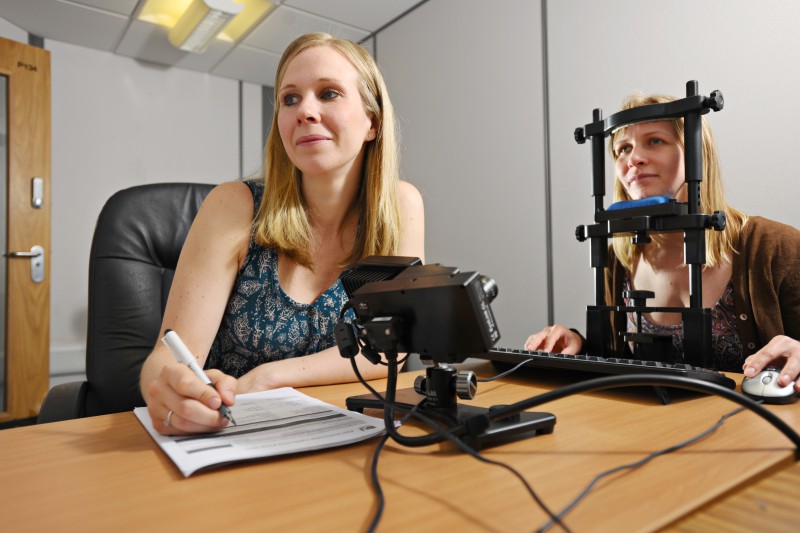A multi-disciplinary research team led by Bournemouth University and the Austrian Academy of Science are exploring a little known period of Egyptian history, dating back to when the Egyptians were first thought to have been ruled by a foreign power.
The Fifteenth Dynasty Rulers were known as the Hyksos people and ruled ancient Egypt around 3,650 – 3,450 years ago. Their name – Hyksos – derives from an Egyptian word meaning ‘rulers of foreign lands’. However, new research suggests that they may have been living in Egypt for much longer than previously thought.
The Hyksos people have long been portrayed as an invading force from the Near East, but finding evidence to substantiate this claim has been difficult. Following their fall from power, the Egyptians all but erased the Hyksos from their history, leading many historians and archaeologists to conclude that the dynasty was fictitious. Archaeological records from the period showed little evidence of an invading force, but it wasn’t until the twentieth century that the capital city of the Hyksos people was unearthed.
For the last 30 years, the Austrian Academy of Science has been leading excavations at the capital in Tell El-Dab’a. By collaborating with Bournemouth University’s bioarchaeologists on a new research project, they have been able to discover new information about the rulers and subjects of the Fifteenth Dynasty.
Dr Christina Stantis is a post-doctoral researcher on the European Research Council-funded project. Her expertise in stable isotope analysis has enabled her to analyse human remains from the period in order to better understand the lives of the Hyksos people.
“My area of expertise is in the chemical analysis of human remains, known as stable isotope analysis. It’s based on the fairly simple idea that while we’re alive, what we eat and drink goes into building our bodies. Once we die, our bodies will continue to reflect the environment that we lived in,” explains Dr Stantis. “This method of analysis means that we’re able to build up a better picture of the lives of people who lived in the past. We can find out about their diet, their mobility, where they lived and even where they moved from.”
“Up until this point, it’s been very difficult to substantiate anything about the Hyksos people. The Egyptians tried to write them out of history; a narrative which was perpetuated by later scholars who saw Egypt as the cradle of human civilisation. Because of this, they perceived the Hyksos as invaders and were unwilling to question the narrative.”
However, the evidence so far uncovered by the team is pointing to a very different interpretation of history. According to the stable isotope analysis carried out by Dr Stantis, the data is pointing to the idea that the Hyksos were not an invading force, but had been part of Egyptian society for some time.
“We’re still reviewing our findings, but our evidence implies that the Hyksos were not first-generation rulers, as very few of the incomers were men which is what you would expect to see if an invasion had taken place,” explains Dr Stantis. “Many of the new arrivals were women, which suggests that they were either moving to join their families or marrying into the Hyksos people in order to cement political or trading connections.
“It’s been a great experience to be part of such a large, interdisciplinary team. We’ve been able to draw on the knowledge and skills of historiographers, archaeologists, ceramics experts and experts in Egyptian and Middle Eastern history. As well as benefitting from the skills each person has brought to the team, together we’re able to build a much richer picture of the past.”
Over the next few months, the team will be finalising their results before considering how to share them with the public and the heritage sector in particular.
 Dr Christina Stantis
Dr Christina Stantis

